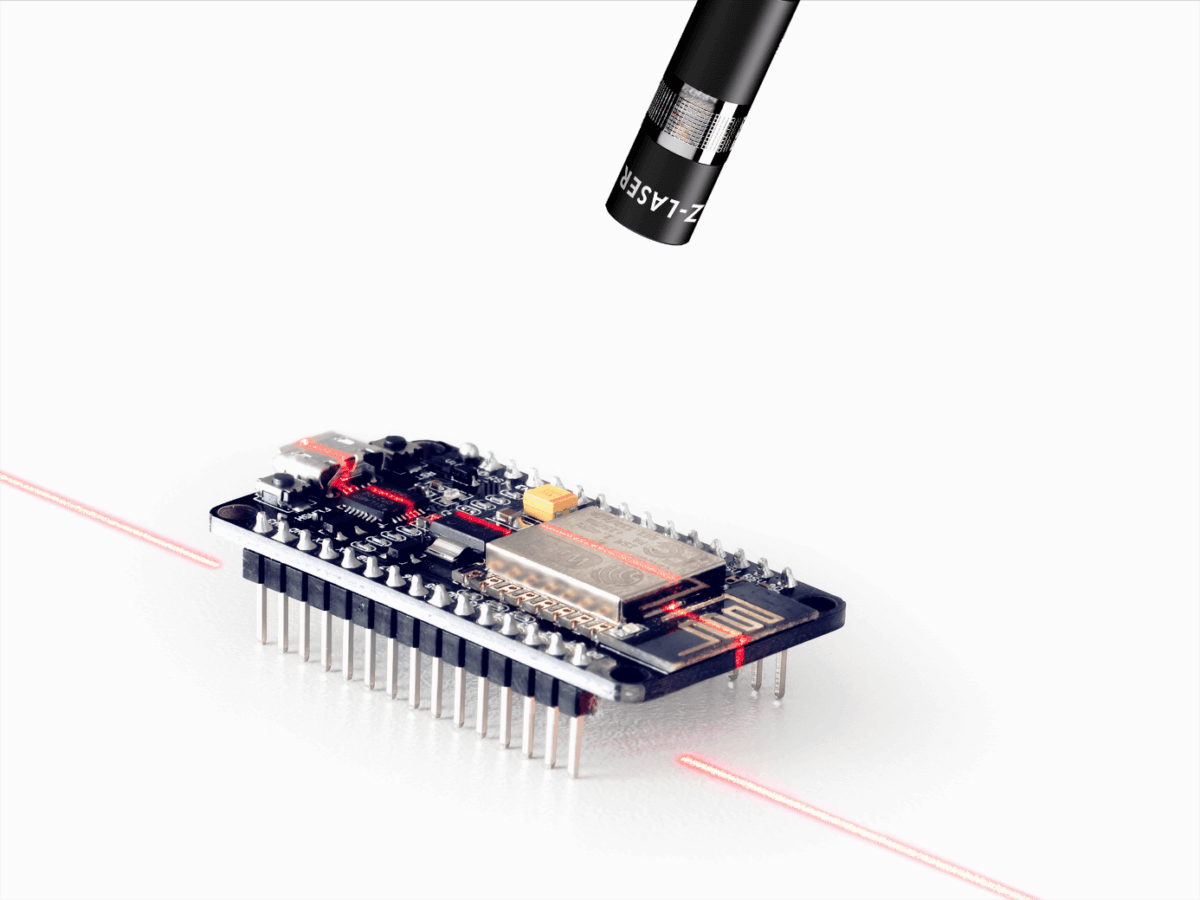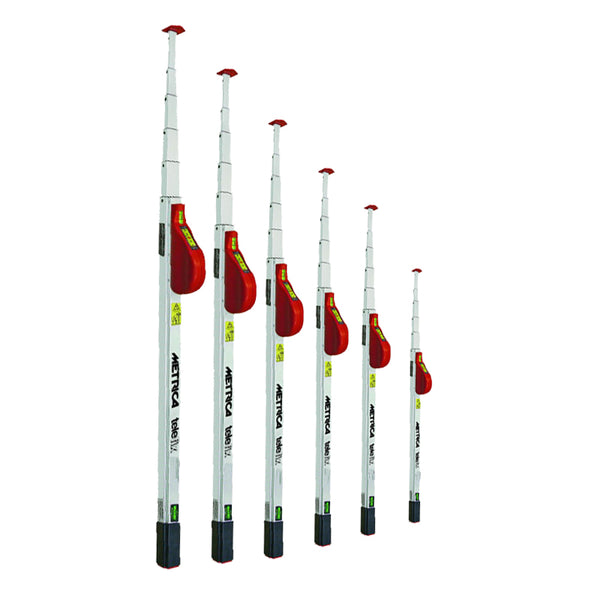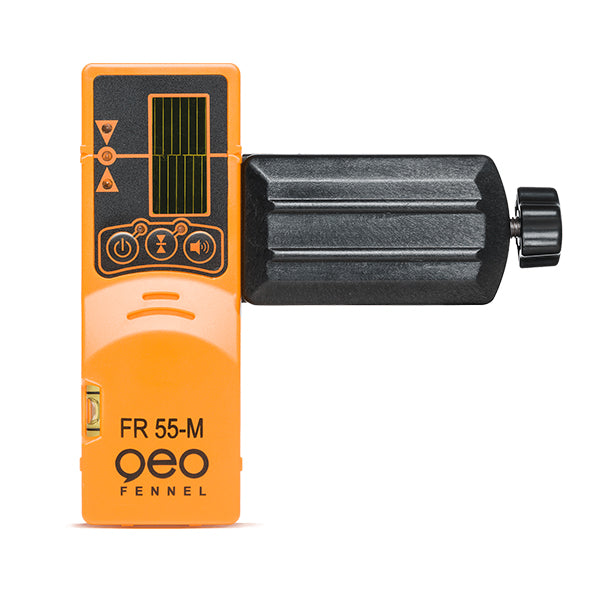Laser-based inspection of PCBs and small components
Industry Applications for Laser-based Inspection of PCBs and Small Components
Building PCB's
When building PCBs, the correct mounting of the individual components must be checked. Usually this takes place on an assembly line in quick succession. A line laser illuminates the circuit board. A camera records the laser beam and uses the laser triangulation process to calculate whether all components are in the correct position and have been correctly installed.


Electronics Manufacturing
Laser-based inspection offers a fast, precise, and non-destructive method for inspecting printed circuit boards (PCBs) and small components across various industries. Here are some potential applications:
- Automated Optical Inspection (AOI): Verify component presence, placement, polarity, and value. Detect solder defects, missing parts, and misalignments on high-speed production lines.
- 3D Metrology: Precisely measure component heights, gaps, and coplanarity to ensure proper assembly and functionality.
- Solder Joint Inspection: Analyze solder joint shape, size, and quality to identify defects like voids, bridges, and opens.
- Trace and Via Inspection: Detect cracks, breaks, and contamination in conductive traces and vias on complex PCBs.
Cross-lasers or line lasers facilitate the pattern-accurate overlapping of fabrics so that all the cut pieces are created with the same pattern.
Aerospace and Defense:
- Quality Control: Inspect critical components for defects and ensure they meet stringent safety and reliability standards.
- Non-Destructive Testing (NDT): Identify internal flaws and cracks in components without damaging them.
- Counterfeit Detection: Analyze component markings and material composition to verify authenticity and prevent counterfeit parts.
- Debris Detection: Inspect aircraft surfaces for minute debris that could pose safety hazards.
Medical Devices:
- Microfluidics Inspection: Ensure precise dimensions and integrity of microfluidic channels in medical devices.
- Sterilization Verification: Analyze laser welds and seals on medical devices to confirm proper sterilization.
- Biocompatibility Testing: Assess the interaction of laser light with medical materials for biocompatibility concerns.
- Drug Delivery Systems: Inspect microfluidic components and drug reservoirs for defects in drug delivery devices.


Automotive:
- Printed Electronics Inspection: Verify integrity and functionality of printed electronics like antennas and sensors on vehicle surfaces.
- Welding Inspection: Analyze laser welds on various automotive components for quality and strength.
- Surface Inspection: Detect scratches, dents, and other defects on painted and finished surfaces.
- Tire Inspection: Identify tread wear and potential structural issues in tires.
Consumer Electronics:
- Smartphone and Tablet Inspection: Verify component placement, alignment, and functionality in high-volume production.
- Display Inspection: Detect pixel defects, mura (brightness uniformity issues), and scratches on displays.
- Battery Inspection: Analyze battery packs for defects and ensure proper assembly.
- Wearable Device Inspection: Ensure quality and functionality of miniature components in wearable devices.
Additional Benefits:
- High-speed inspection: Suitable for automated production lines with rapid data acquisition and analysis.
- Non-destructive testing: Ensures component integrity and avoids damage during inspection.
- Versatility: Adaptable to various materials, shapes, and sizes of components.
- High accuracy and precision: Provides detailed information for precise defect identification.
- Data-driven insights: Enables process optimization and quality control improvements.
Laser-based inspection offers a valuable tool for various industries due to its speed, accuracy, and non-destructive nature. Its applications extend far beyond the examples listed above, making it a versatile and essential technology for ensuring quality and reliability in diverse fields.





